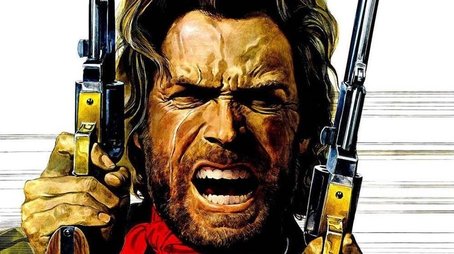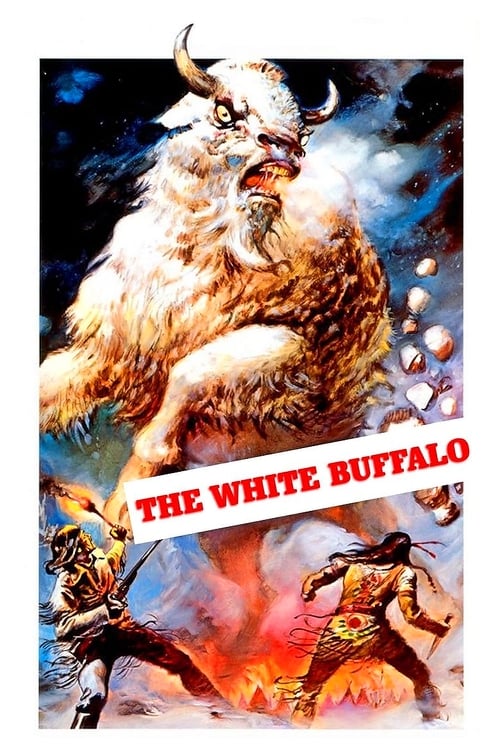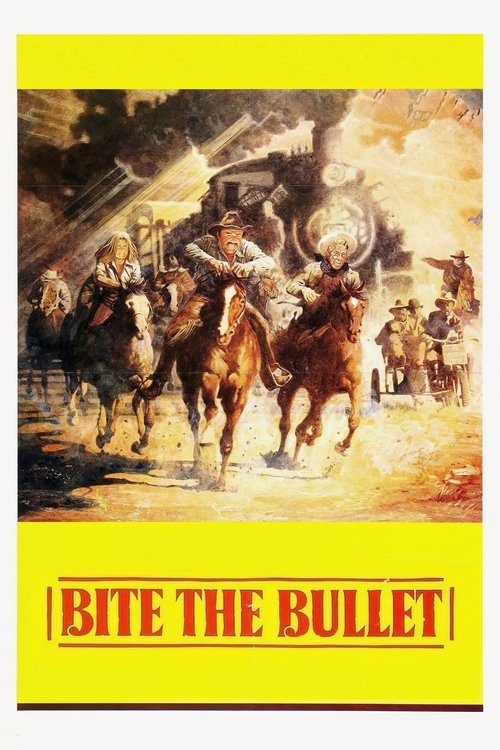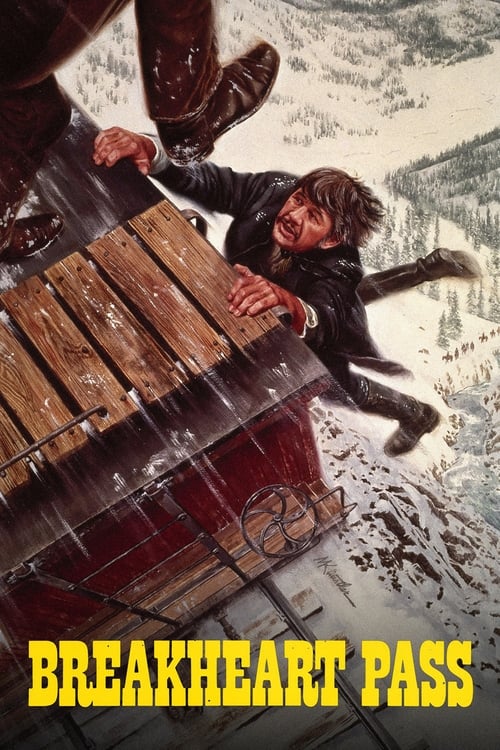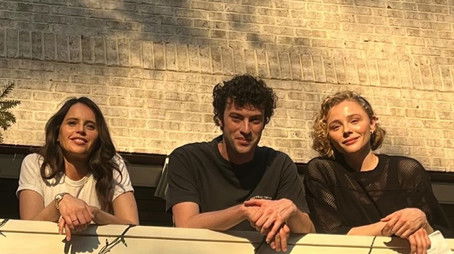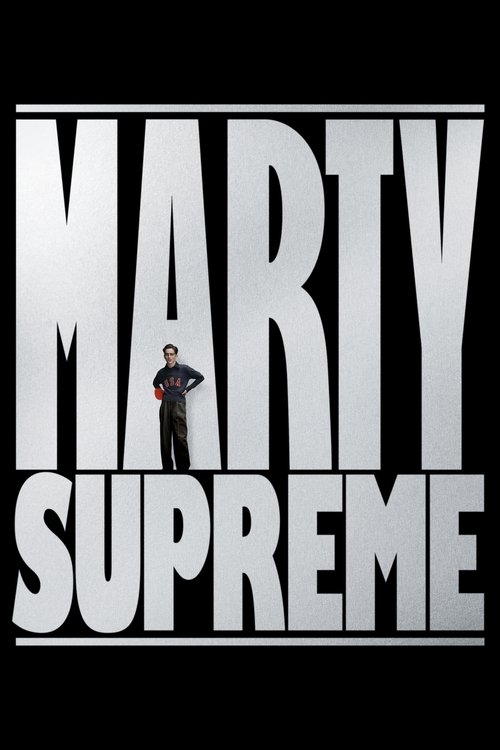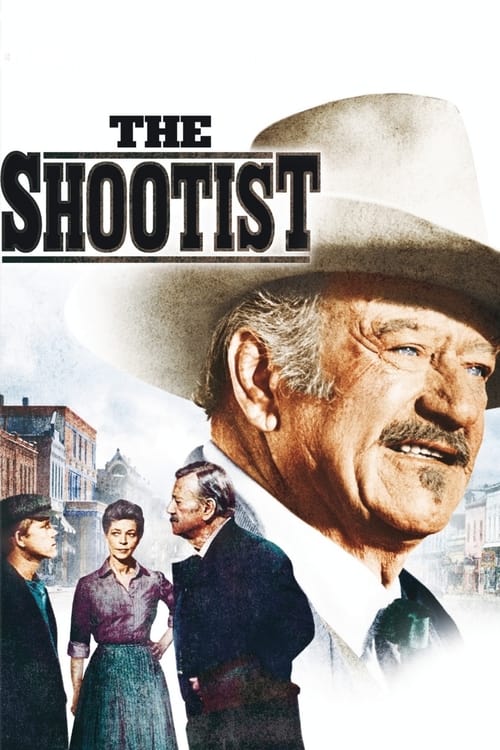
Ask Your Own Question
What is the plot?
The story of The Outlaw Josey Wales opens in the turbulent years of the American Civil War, set in Missouri, where Josey Wales (Clint Eastwood) lives a peaceful life as a farmer with his wife and their young son, Little Josey. The tranquility shatters violently when a ruthless band of pro-Union paramilitaries, known as the Redlegs and led by the brutal Captain "Red Legs" Terrill (Bill McKinney), descend upon Josey's farm. In a harrowing scene, the soldiers burn the homestead and mercilessly murder Josey's wife and son before leaving him for dead. The camera lingers on the charred remains of the farm and the lifeless bodies, setting a grim tone of loss and vengeance that will drive the narrative forward.
Josey, devastated but alive, buries his family with silent grief. His sorrow quickly turns to a burning desire for revenge. He joins a group of Confederate guerrilla fighters known as bushwhackers, led by the fierce William T. Anderson (John Russell), who operate in the Missouri wilderness attacking Union forces and their sympathizers. Josey's transformation from a peaceful farmer to a hardened outlaw begins here, marked by his growing ruthlessness and determination.
As the war nears its end in 1865, the surviving bushwhackers, weary and desperate, are persuaded by their commander Captain Fletcher (John Vernon) to surrender. Fletcher assures them they will receive amnesty, having been promised clemency by Union Senator Jim Lane. However, this promise is a cruel deception. The bushwhackers lay down their arms, but the Redlegs, led once again by Captain Terrill, betray them. In a brutal massacre, Terrill's men slaughter the surrendering guerrillas in cold blood. Josey, Fletcher, and a young bushwhacker named Jamie (Sam Bottoms) narrowly escape the carnage.
The massacre is a pivotal moment, revealing the depths of treachery and the futility of trust in wartime. Jamie, mortally wounded, clings to life long enough to aid Josey in killing two bounty hunters sent to capture them, but he soon dies, leaving Josey alone and hunted. Fletcher, bound by political pressure and personal guilt, is coerced by Senator Lane to assist Terrill in tracking down Josey, though he harbors conflicted loyalties.
With a $5,000 bounty on his head, Josey becomes a marked man, relentlessly pursued by bounty hunters and Union soldiers. His journey westward is fraught with danger but also marked by unexpected companionship. Early on, he encounters Lone Watie (Chief Dan George), an elderly Cherokee who shares his own story of resistance and survival. Lone Watie's dry wit and wisdom provide a counterpoint to Josey's grim determination. He tells Josey, "I myself never surrendered. But they got my horse, and it surrendered," underscoring the theme of resilience amid defeat.
Josey's travels bring him to a trading post where he rescues Little Moonlight (Geraldine Kearns), a young Navajo woman enslaved by unscrupulous traders. Their escape is tense, with Josey killing two bounty hunters who attempt to capture them. Little Moonlight's presence softens Josey's hardened exterior, hinting at his capacity for care beyond vengeance.
Further along, Josey and Little Moonlight come upon Grandma Sarah Turner (Paula Trueman) and her granddaughter Laura Lee (Sondra Locke), survivors of a Kansas family devastated by marauding Comancheros--violent outlaws who prey on settlers and Native Americans alike. Josey intervenes in a fierce confrontation, rescuing the women and killing several Comancheros in the process. The group grows, united by shared hardship and the desire for safety.
At the town of Santo Rio, the group meets Travis Cobb and Chato, employees of Grandma Sarah's deceased son, Tom Turner. They join Josey's growing band as they make their way to Tom's abandoned ranch. The ranch, a symbol of hope and renewal, becomes a temporary sanctuary where the disparate group begins to build a semblance of community.
However, peace is fleeting. Travis and Chato are kidnapped by Comanche chief Ten Bears, a formidable and proud leader. Josey rides alone into the Comanche camp, a tense moment charged with potential violence. Yet, instead of bloodshed, Josey negotiates their release with respect and diplomacy. Impressed by Josey's honor and courage, Ten Bears becomes blood brothers with him, forging an alliance that transcends cultural divides.
The tension escalates as Josey's past relentlessly catches up with him. The Redlegs, under Captain Terrill's command, continue their pursuit, culminating in a climactic siege at the Turner ranch. The outlaws attack, but Josey and his companions, fortified within the ranch house, repel them with fierce determination and superior marksmanship. Despite running out of ammunition, Josey refuses to surrender.
The final confrontation between Josey Wales and Captain Terrill unfolds with symbolic intensity in a bar in Santa Rio. Terrill, confident and cruel, confronts Josey, expecting to finish the hunt. Josey, however, disarms the situation with a chilling display: he dry-fires his pistols, emptying all twenty-four chambers with deliberate slowness, the metallic clicks echoing ominously. Then, with cold precision, he stabs Terrill with the very cavalry sword Terrill once wielded, ending the man who destroyed his family.
In the aftermath, Josey, wounded but alive, encounters Captain Fletcher and two Texas Rangers at the bar. Fletcher, feigning ignorance, allows Josey to slip away, acknowledging with a nod that he "owes him that." The locals, protective of Josey, tell the Rangers that Josey Wales was killed in a shootout in Monterrey, Mexico, effectively erasing his trail and allowing him to start anew.
The film closes with Josey riding into the vast, open landscape, a solitary figure moving toward an uncertain but hopeful future. His journey from grieving farmer to outlaw and finally to a man seeking peace is complete, marked by loss, loyalty, and the enduring human spirit.
Throughout the narrative, every death is a marker of the brutal reality of war and its aftermath: Josey's wife and son are murdered by Captain Terrill's Redlegs; the bushwhackers are massacred after surrendering; young Jamie dies from his wounds; numerous bounty hunters fall to Josey's gun; and finally, Captain Terrill himself dies by Josey's hand. The betrayals, alliances, and confrontations weave a complex tapestry of survival and redemption in the post-Civil War American West.
More Movies Like This
Browse All Movies →What is the ending?
At the end of "The Outlaw Josey Wales," Josey confronts the Union soldiers who have been pursuing him. After a tense standoff, he ultimately survives, and the film concludes with him riding off into the sunset, having found a sense of peace and belonging with the small group of people he has come to care for.
As the film approaches its conclusion, the tension escalates. Josey Wales, played by Clint Eastwood, has been on a relentless journey since the brutal murder of his family by Union soldiers. He has become an outlaw, a man marked by loss and vengeance, yet he has also formed bonds with a small group of misfits, including the elderly Cherokee, Lone Watie, and a woman named Laura Lee, who have joined him on his quest for survival.
In the final act, Josey and his companions find themselves in a precarious situation. They are pursued by a group of Union soldiers led by Captain Fletcher, who is determined to capture Wales and bring him to justice for his past as a Confederate guerrilla fighter. The tension is palpable as they navigate the rugged terrain, always looking over their shoulders, aware that danger lurks nearby.
The climax occurs when Josey and his companions are cornered. The Union soldiers, having tracked them down, prepare to confront Josey. In a moment of high stakes, Josey stands his ground, embodying the spirit of a man who has lost everything yet refuses to back down. The standoff is intense, with both sides aware that violence is imminent.
As the confrontation unfolds, Josey's companions, including Lone Watie, demonstrate their loyalty and bravery. They stand with him, ready to fight against overwhelming odds. The scene is charged with emotion, as each character reflects their own motivations--Josey's desire for vengeance and justice, Lone Watie's commitment to his friend, and the others' hope for a better future.
In the heat of the battle, Josey showcases his sharpshooting skills, taking down several soldiers with precision. The chaos of gunfire and the cries of men fill the air, creating a visceral atmosphere of conflict. Despite the odds stacked against them, Josey and his group fight fiercely, showcasing their resilience and determination.
Ultimately, the tide turns in favor of Josey. He manages to outmaneuver the soldiers, and in a final act of defiance, he confronts Captain Fletcher. The confrontation is charged with the weight of Josey's past and the pain he has endured. In a decisive moment, Josey asserts his strength and resolve, leaving Fletcher and his men defeated.
As the dust settles, Josey stands victorious but not unscathed. He has lost much along the way, yet he has also gained a sense of belonging with the people who have stood by him. The film concludes with Josey riding off into the sunset, a symbol of his journey toward peace and acceptance. He has found a new family in the people he has fought alongside, and while the scars of his past remain, there is a glimmer of hope for the future.
In the final scenes, we see the fates of the main characters. Josey Wales, having survived the confrontation, rides away, embodying the spirit of a man who has endured great loss yet continues to seek a place in the world. Lone Watie, having proven his loyalty and bravery, remains a steadfast companion to Josey, sharing in the journey ahead. The other members of their group, including Laura Lee, find solace in their newfound community, suggesting that despite the hardships they have faced, they can forge a new path together.
The film closes on a poignant note, emphasizing themes of resilience, loyalty, and the search for belonging in a world fraught with conflict. Josey Wales, once a man driven by vengeance, emerges as a figure of strength and hope, ready to face whatever challenges lie ahead.
Is there a post-credit scene?
The Outlaw Josey Wales, produced in 1976, does not have a post-credit scene. The film concludes with a powerful and emotional ending, focusing on the character of Josey Wales as he finds a semblance of peace after a long journey filled with loss, vengeance, and survival. The final moments emphasize his solitude and the weight of his past, leaving the audience with a poignant sense of closure without any additional scenes after the credits.
What motivates Josey Wales to become an outlaw?
Josey Wales is initially a peaceful farmer living in Missouri. His transformation into an outlaw is driven by the brutal murder of his family by Union soldiers during the Civil War. This traumatic event ignites a deep desire for revenge and justice, propelling him into a life of violence and lawlessness.
How does Josey Wales meet the character of Lone Watie?
Josey Wales encounters Lone Watie, a Cherokee man, while on the run from Union soldiers. Their meeting occurs when Wales is hiding in the woods, and Watie approaches him, initially with caution. Watie's humorous and philosophical demeanor contrasts with Wales' hardened exterior, and they form a bond as they navigate the dangers of their shared circumstances.
What role does the character of Grandma Sarah play in the story?
Grandma Sarah is a pivotal character who represents the theme of family and community. She is an elderly woman who, along with her family, becomes part of Wales' group as they travel together. Her nurturing presence and wisdom provide emotional support to the group, and her interactions with Wales reveal his softer side, showcasing his capacity for care and connection despite his hardened persona.
What is the significance of the red sash worn by Josey Wales?
The red sash worn by Josey Wales serves as a symbol of his identity and his past. It is a reminder of his lost family and the life he once had. Throughout the film, the sash becomes a visual representation of his grief and the burden of his quest for vengeance, marking him as an outlaw and a man marked by tragedy.
How does Josey Wales' relationship with the Union soldiers evolve throughout the film?
Initially, Josey Wales views the Union soldiers as his enemies, responsible for the death of his family. As the story progresses, his encounters with various soldiers reveal a more complex dynamic. Some soldiers are portrayed as ruthless, while others show signs of humanity. This evolution reflects Wales' internal struggle between his desire for revenge and the realization that not all soldiers are the same, ultimately leading to moments of reluctant cooperation.
Is this family friendly?
"The Outlaw Josey Wales," produced in 1976, is not considered family-friendly due to its mature themes and content. Here are some potentially objectionable or upsetting aspects that might occur for children or sensitive viewers:
-
Violence: The film contains numerous scenes of gunfights, including graphic depictions of death and injury. The violence is often intense and can be quite brutal.
-
Death and Loss: The protagonist, Josey Wales, experiences significant personal loss, including the murder of his family. This theme of grief and revenge is central to the story and may be distressing.
-
War Themes: The backdrop of the American Civil War introduces themes of conflict, betrayal, and the harsh realities of war, which may be unsettling for younger audiences.
-
Language: There are instances of strong language and coarse dialogue that may not be suitable for children.
-
Mature Relationships: The film explores complex relationships and emotional struggles, which may be difficult for younger viewers to understand.
-
Racial Tensions: The film addresses issues of race and prejudice, which may be challenging for sensitive viewers.
These elements contribute to the film's overall tone and may not be appropriate for all audiences, particularly children.

